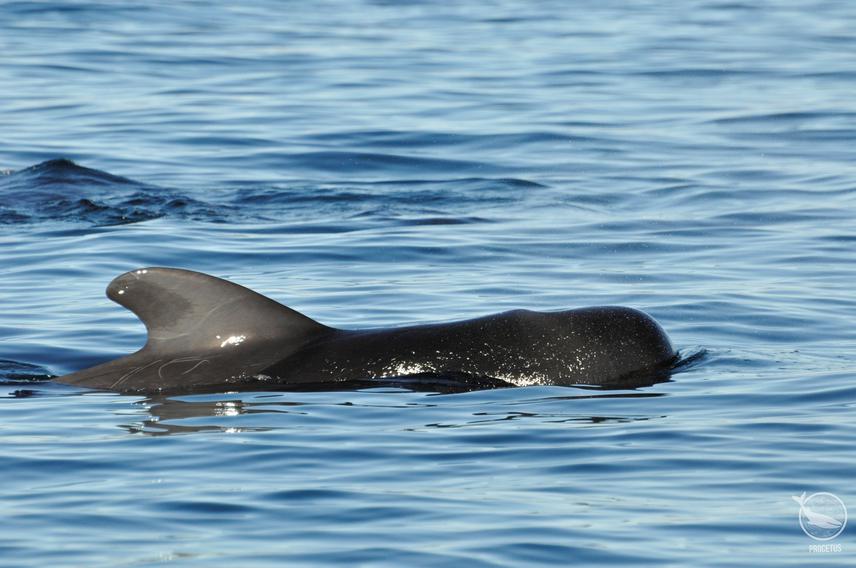M. Fernanda Urrutia-Osorio
Other projects
3 Mar 2017
Photo-Identification, Abundance and Distribution of Cetaceans in the Gulf of California: Providing Information Needed for Informed Management and Conservation II
29 Apr 2019
Ecology and Conservation of Fin Whales (Balaenoptera physalus) in the Gulf of California
To provide a base line for the estimation of the current stocks and conservation status of cetaceans in the Gulf of California using photo-identification techniques and vessel line-transect surveys

The Gulf of California is one of the most productive and diverse seas of the world. It has 31 species of cetaceans, 39% of the world’s cetacean species. Also, the cetaceans of the Gulf of California represent 80% of the marine mammal species in Mexico.
The Bahía de los Angeles (BLA), Canal de Ballenas and Canal Salsipuedes Biosphere Reserve and the Archipelago San Lorenzo National Park, located in the isolated central part of the Gulf of California are known worldwide for being a conservation-priority area and are also known for its diverse presence of cetaceans and its fishing activity, with more than five hundred artisanal fishermen depending on more than a hundred fishing resources.
Using photo-identification techniques and on boat line transect surveys, this study aims to provide a base line for the estimation of the current stocks and conservation status of marine mammals in the Gulf of California. The goal is to produce a unique cetacean database and a catalog with the identification of individuals and also to identify the anthropogenic impact and injuries caused by the artisanal skiffs of the Gulf through photo-identification.
This systematic survey also aims to provide robust information on spatial distribution and abundance of the cetaceans of the BLA area, study the relationship between cetacean and local communities in this area, as well as improve local people awareness on these animals
Also, public knowledge on cetaceans is poor, leading to a lack of participation in their conservation. Local communities and artisanal fishermen first need to care about these animals in order to take part in conservation matter. Our results will give local authorities, government and NGO´s valuable information to develop cetacean conservation programs and continue conservation initiatives in this area. Our results could also be used to recommend the local and federal government agencies to allocate short and long term resources to minimize collisions, by-catch and entanglement in a sustainable way.